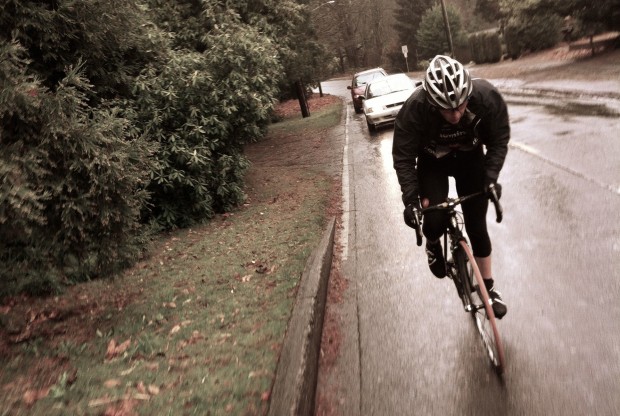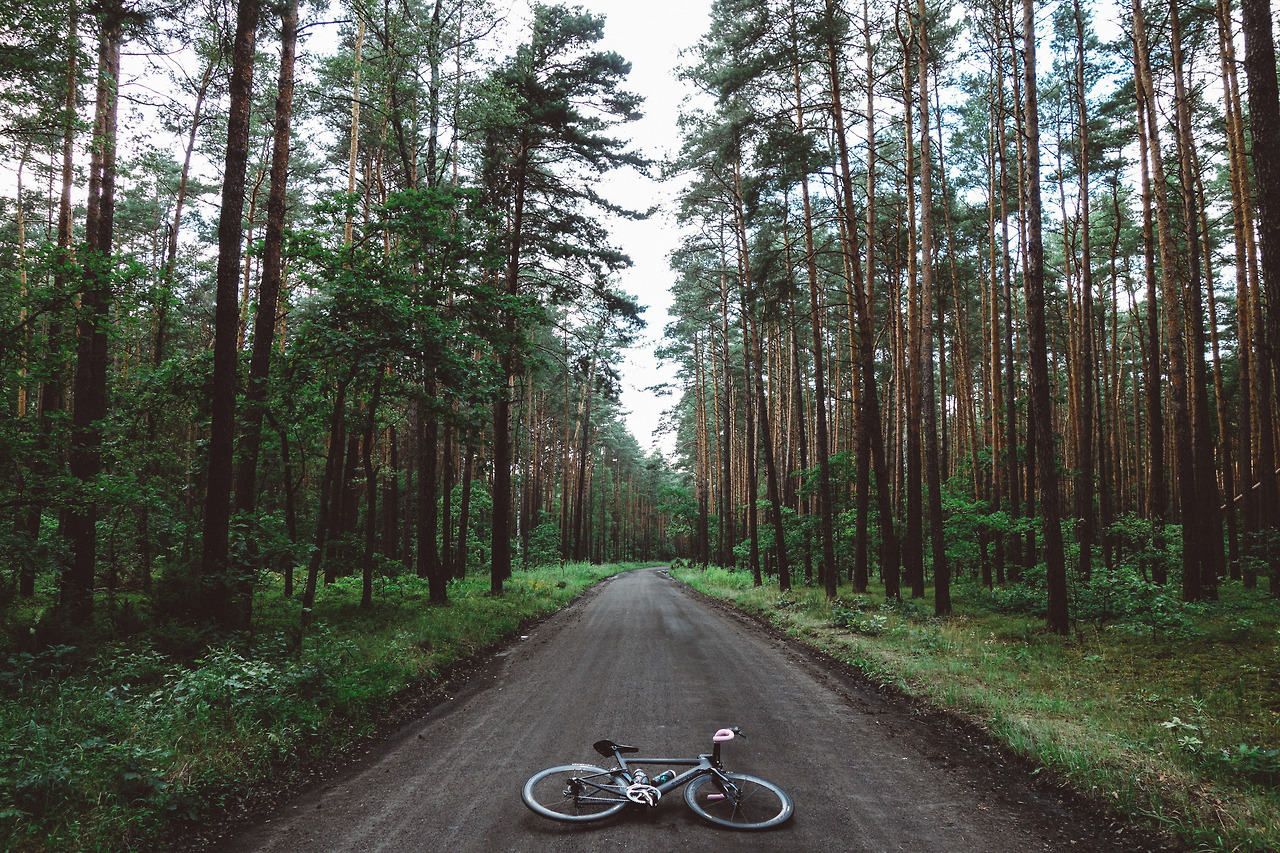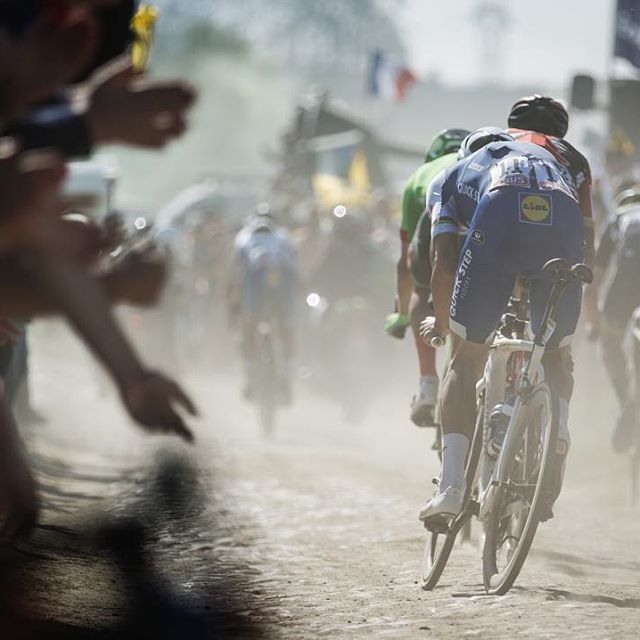La Vie Velominatus: Train Properly

There are few pleasures in life as great as to achieve a goal, to accomplish something that doesn’t come easily. Great lessons are taught through this activity; we learn that it is our determination and not our doubt that defines our limits. We learn that through studied discipline we can cultivate the skills required to work incrementally towards becoming what we want to be.
This is true for our personal, social and professional lives – and any other aspect that I may have left off. But to achieve our goals is usually a rather complicated mess; it requires introspection, it often requires reliance upon others to do their part or at least not interfere with you doing yours, and it is usually rife with hard choices of long-lasting and difficult to understand consequences.
In its most basic form, Cycling provides us a path to discovery in a less complicated model than do our actual lives. We train our bodies, we become more healthy. We become more healthy, we train more. We become stronger, we go faster. We derive more pleasure from our efforts. We experience reward for sacrifice. We associate progress with the pain of an effort. We enjoy Cycling more. We ride more. We become healthier still. We become stronger still. We go even faster. We suffer more. We associate more pain with a greater sense of achievement. And though it all, we discover it that unlike every other walk of life, in Sport we are islands: what we find here is only what we have brought with us.
Eventually, exercising will become training. The activity becomes richer with the application of the discipline that comes with this rebadging. Exercise is something you do regularly but without structure. With training comes a study of your body and how it responds to stimulus. Long rides have a different effect on the body than do short ones. Successive hard efforts have another effect, as do longer and shorter periods off the bike.
Training Properly requires discipline and patience. It means you don’t just throw your leg over your machine and pedal off to ride along tree-lined boulevards. Training Properly means having a plan for each day. It means heading for the hills one day, and the plains another. It means controlling yourself and not trying to set your best time up the local climb because you feel good that day. Training Properly means restraining yourself on a group ride and not joining in on the town line sprints if your plan doesn’t call for it. Training Properly means leaving for a ride despite the rain falling from the heavens and the loved ones whom you leave at home.
Training Properly comes down you and you alone; much can be learned from books and coaches, but the path is yours to walk. The discovery is yours to experience and to shape into what you are seeking. There are, however, some basics to keep in mind. Also keep in mind I’m not a “Sports Doctor”, “Physiotherapist”, or “Smart”. And never take medical or sporting advice from Some Guy On the Internet.
- Break your muscles down, and allow them to build back up. This is the fundamental principle of Training Properly. Hard efforts break your muscles down. You body will respond by building them back stronger than they were before. This process takes time. Be patient.
- Observe Rule #5 when appropriate. In accordance with #1 above, laying down the V is handy for breaking the muscles down, but not so much for allowing them to build back up. Lay down the V one day, then give your body a chance to build back up, either through rest or through low-intensity recovery rides.
- Learn to listen to your body. There are good pains and bad pains – learn to tell the difference. Good pains include burning lungs, gun aches, road rash, and the like. These pains will lessen during a ride or even go away completely. Proceed carefully, but learn to push through them; if they don’t go away, they get classified as bad pains. Bad pains include different types of knee pain and chronic pains in, for example, your shoulders, back, or neck. Knees are especially sacred and should be looked after carefully; see a physiotherapist for this and if they prescribe time off the bike, take it. Rushing recovery on a sensitive injury may seem tough and in compliance with Rule #5, but may set you back more than being patient and recovering fully. If you suffer from chronic pains, consult a fitting specialist and work on your position.
- Train to ride farther than you need to. Incrementally increase the distance of your training, until you can ride farther than you need to. If you are training for a Sportive or race of 140 kilometers, train to ride 160 or 200; you will arrive for your event with the confidence that you can easily handle the ride and will have something in reserve should things not go according to plan.
- Save competing for Race Day. Being competitive is for racing, not training. Set goals for a ride, and adhere to them. Don’t chase after a rider who passes you on a climb when you are on a recovery ride. Don’t lift your pace when you see a rider ahead who you think you can catch. If you don’t race, pick a day or two every week where you try to catch every rider you spot on the road – but remember that they should also be adhering to their own training plan; don’t sit on uninvited and don’t hinder their training through your antics.
Be patient. Have discipline. Train Properly. Vive la Vie Velominatus.

